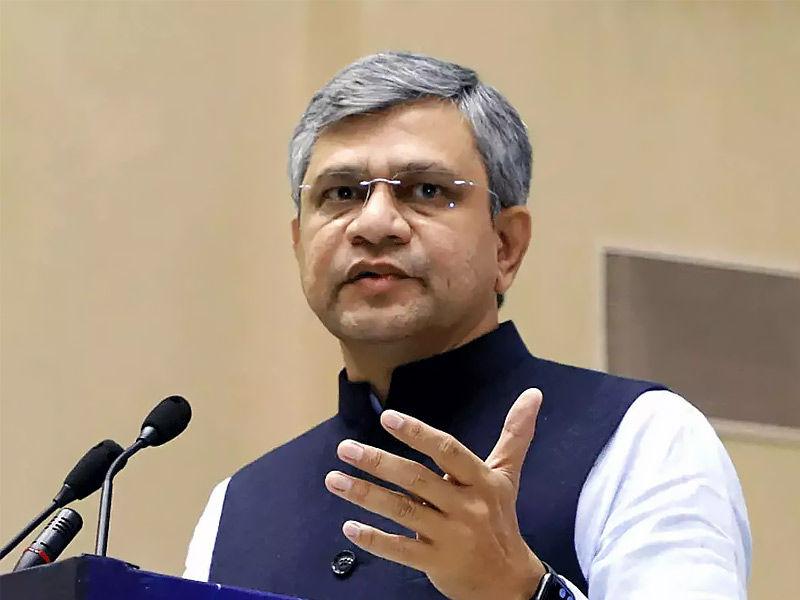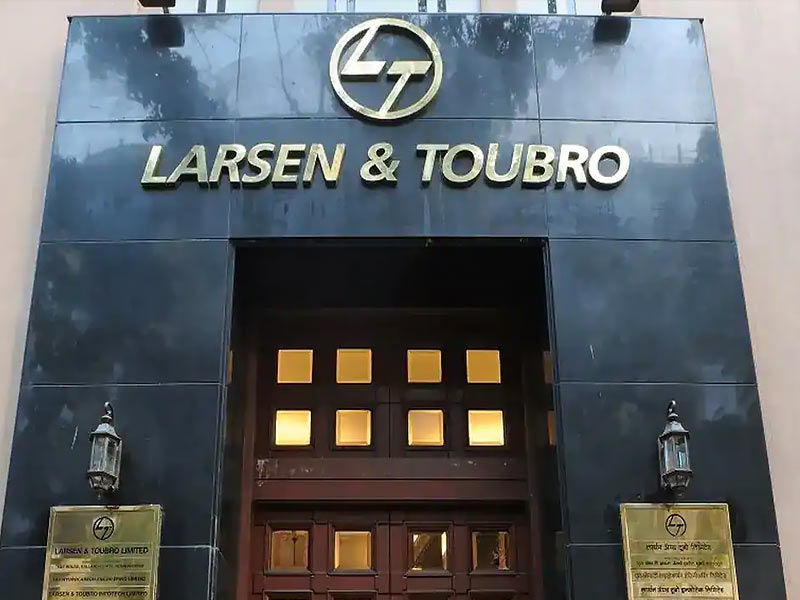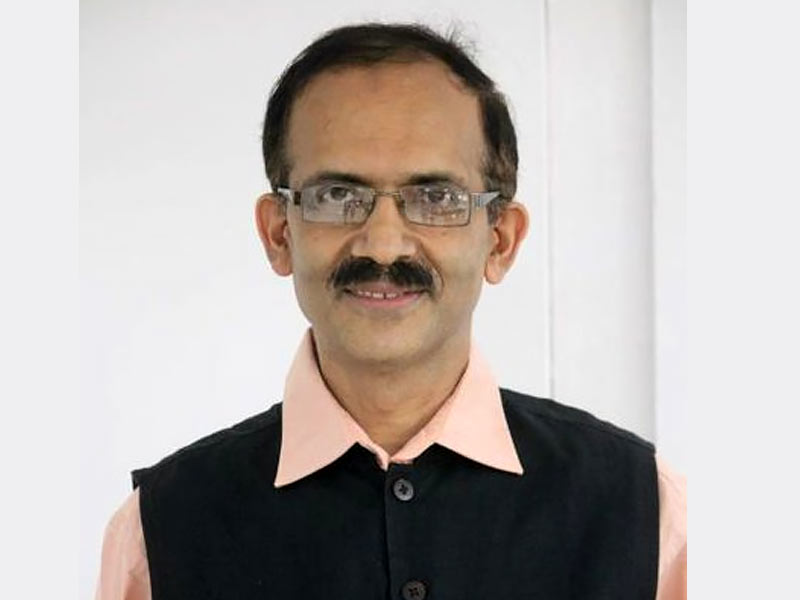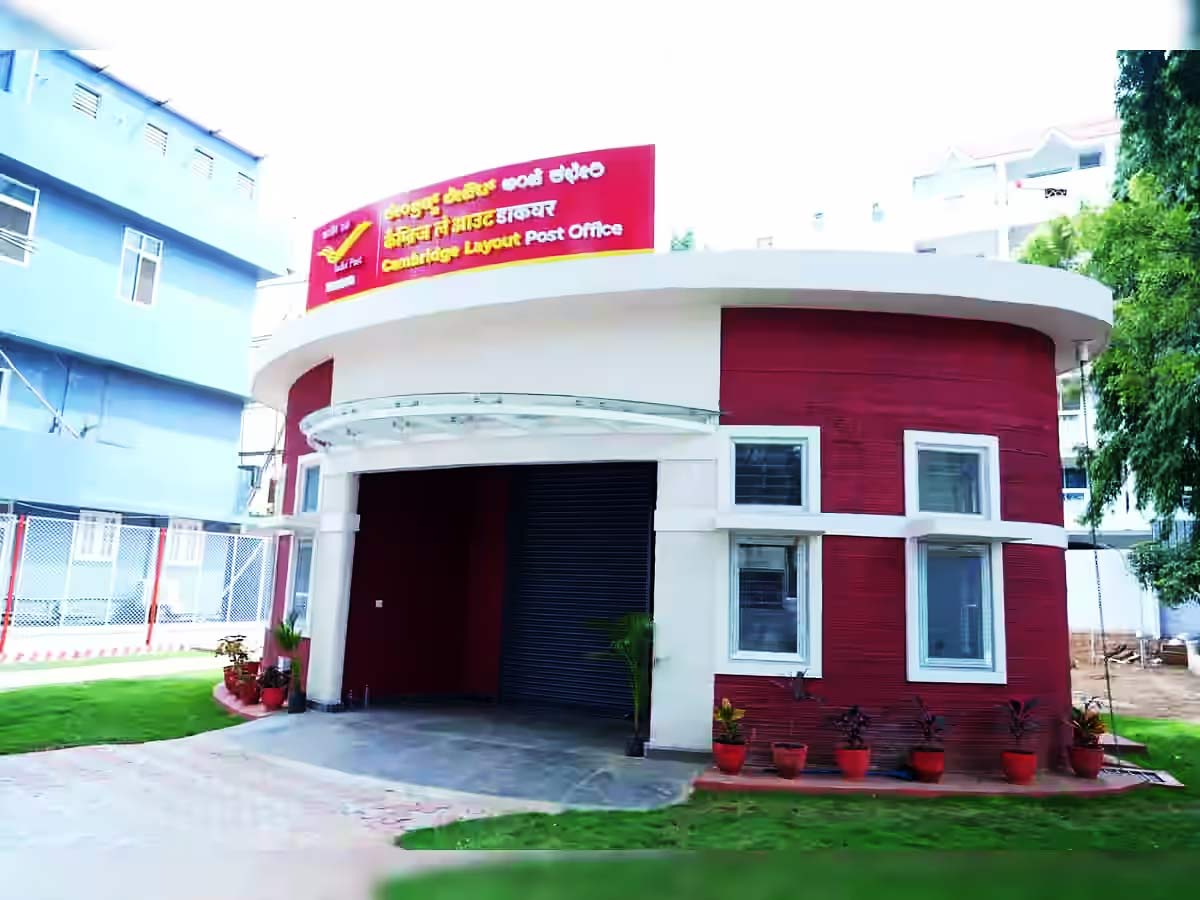Union Minister Ashwini Vaishnaw virtually inaugurated the new post office, which was built by Larsen & Toubro Limited with technological assistance from IIT Madras.
Union Minister for Railways, Communications, Electronics, and Information Technology Ashwini Vaishnaw dedicated to the country India’s first 3D-printed post office in Bengaluru’s Cambridge Layout on Friday.
Two days ahead of schedule, the post office was completed in just 43 days, and the Union minister practically opened it inside the General Post Office building.

Under the direction of Professor Manu Santhanam, Building Technology & Construction Management Division, Department of Civil Engineering, it was built by Larsen & Toubro Limited using technology from IIT Madras.
Bengaluru constantly offers a fresh perspective on India. Modern India is reflected in the fresh image you saw today of the 3D-printed post office building. Minister Vaishnaw stated that this is the attitude with which our nation is moving forward at the moment.
A total of 1,021 square feet are built up at the post office. It was built using 3D concrete printing, a fully automated building construction technique in which a robotic printer deposits the concrete in layers to the approved design. Special-grade concrete is used to ensure strong bonding between the layers to print the structure, and this concrete hardens quickly.
According to George Abraham, chief of operations for L&T’s south and east region, “We were able to complete the entire building process in a period of 43 days compared to about 6-8 months spent using the conventional method because of the robotic intervention involving pre-embedded designs.”

Additionally, the construction was done for Rs. 23 lakh, which is about 30–40% less expensive than using traditional methods.
Prof. Santhanam spoke on the essential requirements for concrete 3D printing, saying that the project largely uses indigenous machines and robots but will eventually need to be scaled up. The unique concrete substance employed for this project has mechanical qualities and is pumpable, extrudable, buildable, and driven.
Several talks were held between IIT Madras and L&T before the post office’s construction. The principal advisor who oversaw the comparison of the proposed 3D-printed technology with the conventional building was Prof. Ravindra Gettu from IIT-M. He also evaluated L&T’s thorough techno-commercial plan.
Professors Meher Prasad and Pradeep Pratapa, two other IIT-M participants, oversaw the evaluation of structural and material design, construction process and timeline, and acceptance of design and construction concepts. According to Santhanam, Gettu also made six site visits to evaluate the quality there and offer advice on curing along with other technical issues.
Also, Read India contemplates importing wheat at a discount from Russia
Santhanam also stated that the project had no vertical joints and that the entire circumference was printed continuously. The 3-D printing technology, which was imported from Denmark for the post office project, was also adjustable in terms of accommodating curved surfaces and adjusting to site specifications, with no flat wall limitations.
The technology also allowed for continuous reinforced concrete footings and three-layer walls with concrete-printed exterior layers and reinforced concrete in the middle. The total building timetable was only 43 days long, far shorter than traditional procedures and with minimal material waste.
According to the developers, the USP of 3D printing is the ability to allow for unique customization of the structure, which can play an important part in housing-related buildings. For more effective construction, 3D printing allows for the installation of weather-proofing as well as utilities within the walls. As a result, great buildings may be delivered everywhere, including in challenging terrain.
Indeed, Rajendra Kumar, Chief Postmaster General of Karnataka Circle, emphasized that the wider goal is to discover the utility of 3D printing technology in housing. We are primarily interested in employing 3D printing technology to construct post offices with low-cost construction choices.

We believe this is the future technology that will spark interest in low-cost housing, which is our secondary interest. There are plans to build post offices on 400 vacant sites across the state where postal services are now unavailable. However, it will only take off if Kumar submits a full report on the first 3D-printed post office.

























